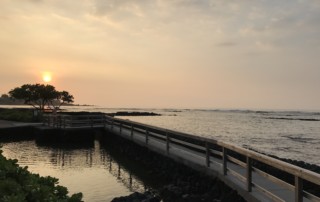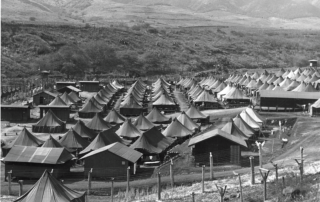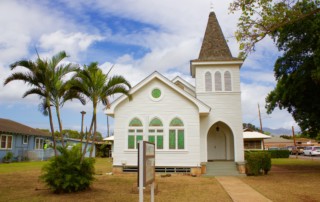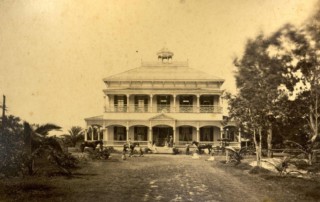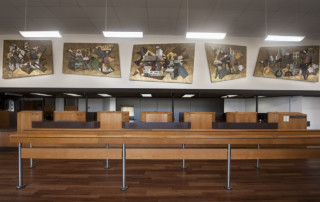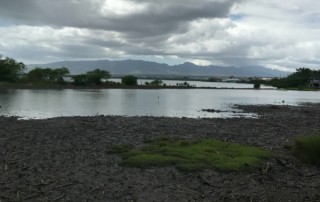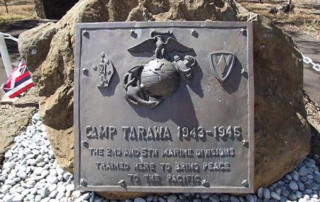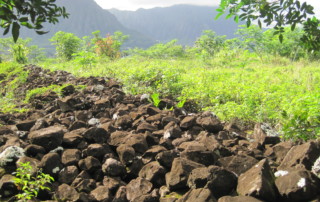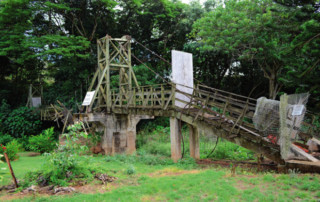Community Reflections on Places That Matter
For Preservation Month, we tapped into our diverse local community to find out more about the historic places they love and why they care about preserving them. We'll be adding new content at the top of the page weekly on an ongoing basis to capture the essence of the historic places we cherish and want to protect. The Kalahuipuaa Fish Ponds (shown above) are located at the Mauna Lani Resort on Hawaii Island and date back to 250 BC based on bottom samples. They are one of our favorite historic places and emit a tangible reminder of a Hawaii before Western contact when a simpler way of life, one which understood and integrated the Islands' natural ecosystems into everyday existence, was prevalent. The fish ponds now serve as a powerful tool for sharing cultural education with the modern world. Our Favorite Historic Places and Why We Care Building 1102 on Hickam Field, also known as Headquarters Pacific Air Forces, Oahu John Lohr in front of the Courtyard of Heroes As the former Joint Base Pearl Harbor-Hickam Historic Preservation Officer (2014-2017) and 30 years of military service (with two tours at Hickam Air Force Base), I could easily list several historic places across the State of Hawaii. However, I selected Building 1102 on Hickam Field (also known as Headquarters Pacific Air Forces) as “my favorite historic place”. More specifically, the “Court Yard of Heroes” located within Building 1102. Bullet holes riddle the exterior of the PACAF Building on Hickam Air Force Base. The structure was once the barracks of the airmen during the 1941 attack. (Photo/caption from Cindy Ellen Russell, Honolulu Star Advertiser) The Court Yard of Heroes was established in 1995 and dedicated during the 50th Anniversary commemorating the [...]


